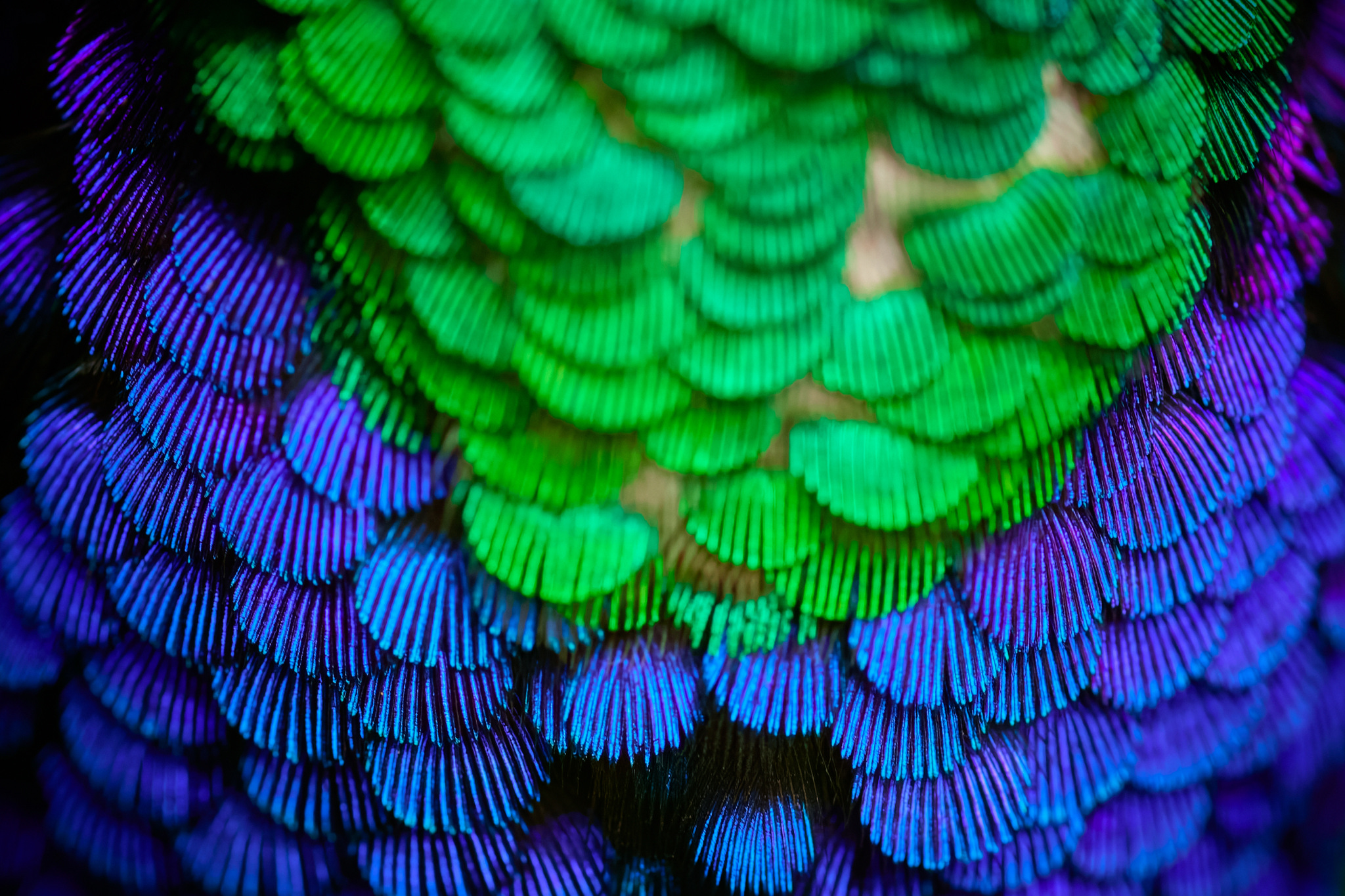![]()
Apple Intelligence is settling into a semi-regular update schedule. Within iOS 18.2, iPadOS 18.2, and macOS Sequoia 15.2, Apple is bringing a slate of improvements to its AI technology and software platform, including the generative text-to-image tool, Image Playground.
First unveiled at WWDC in June, Apple Intelligence hit iPhone, iPad, and Mac in late October with iOS/iPadOS 18.1 and macOS 15.1. The first iteration introduced an improved Siri, writing tools, and an AI-powered photo editing tool, Clean Up.
![]()
With the latest software release, available now, Apple Intelligence adds a few more features Apple first showed off in June, including the ability to generate images with Image Playground, tools to create customized emojis (“Genmoji,” in Apple’s terminology), and Image Wand, a way to add images, illustrations, and sketches to notes. As promised, ChatGPT is also now integrated into Siri and Apple’s AI-powered Writing Tools. Users can choose whether to enable ChatGPT and an OpenAI account is not required to use the ChatGPT tools within Apple Intelligence.
![]()
Looking closer at Image Playground, it is a vastly different approach to text-to-image generative AI than most companies are taking. While major AI tech companies seek photorealism in their AI image generators, and Apple’s smartphone competitors like Google and Samsung similarly want to develop AI that can mimic a real photo, Apple is instead focused on cartoony, unrealistic AI images.
![]()
As PetaPixel wrote in September, Apple’s general approach to artificial intelligence is a welcome change of pace for photographers. The company prioritizes reality and authenticity with its photo features. Where photography and AI meet is a concerning intersection for photographers.
Some companies are trying to develop technology that erases the barrier between artificial and real, helping people use AI to craft images that look like photos, reducing the need for photography at all. The results can be dangerous and bad.
![]()
![]()
Apple is adamant that a photo is “something that really, actually happened.” The company’s latest Apple Intelligence features bear this out. Image Playground is not a substitute for photography — not even close. It is just a goofy way to make cartoony images.
The most apparent place Apple Intelligence gets involved with photography is Clean Up, a highly limited tool built exclusively to remove distractions from photos. While this requires AI to generate new pixels, it is far from replacing real photography.
So far, Apple Intelligence has its sights set squarely on productivity with things like Writing Tools and a more intelligent Siri and goofy fun with tools like Image Playground and Genmoji. In the trend-chasing world of AI, Apple is taking a different, slower, and more cautious approach with Apple Intelligence, which also applies to text-to-image technology.
Image credits: Apple







 English (US) ·
English (US) ·